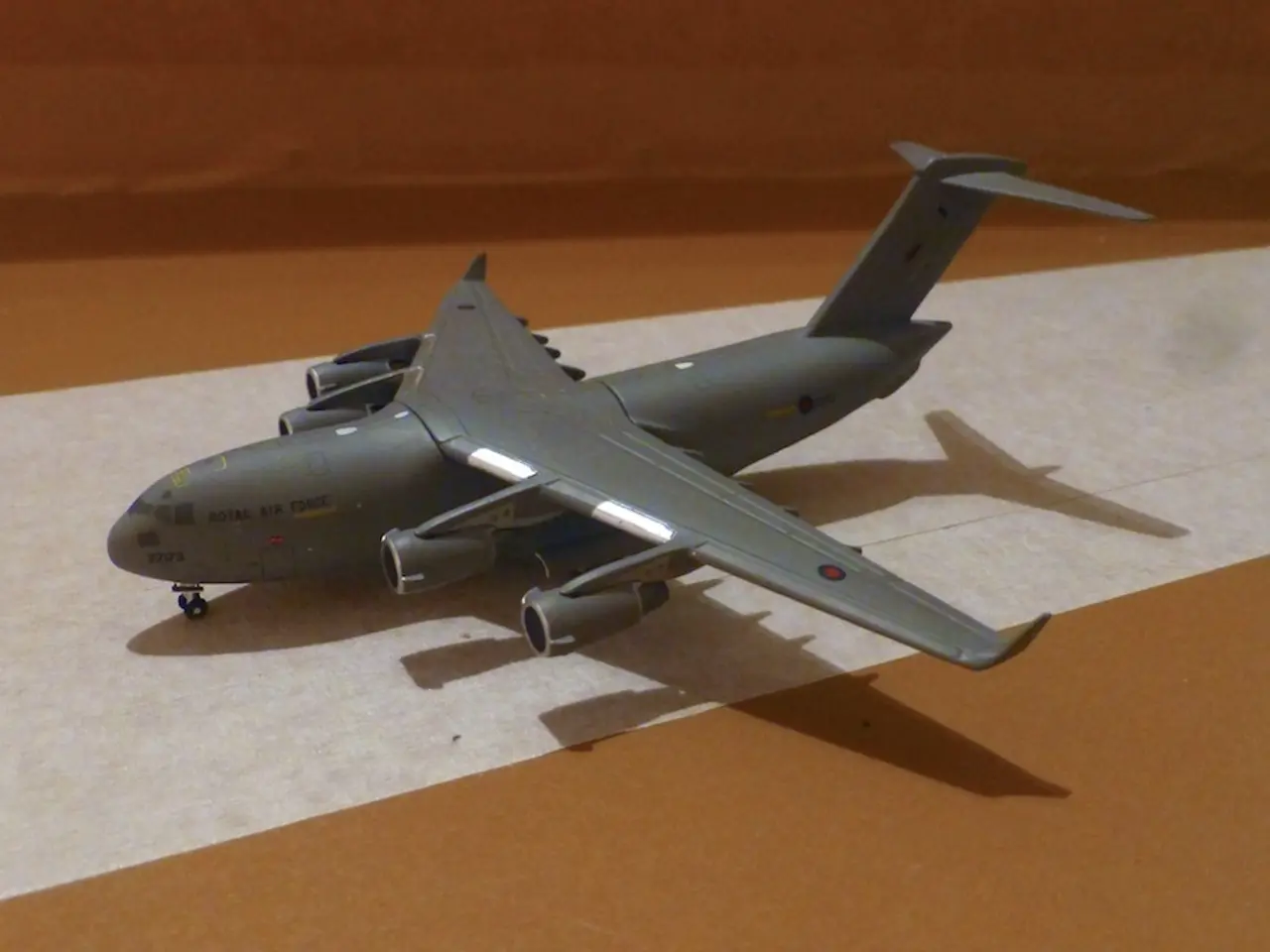Unveiling Innovations in T-Shirt Printing: A Look into the Advancing World of Fashion Tech
In the ever-evolving world of fashion, t-shirt printing has undergone a remarkable transformation, evolving from a simple process to a sophisticated art form. The latest advancements in technology are redefining the way we wear and create custom apparel, offering better quality prints, more detailed designs, and increased efficiency.
Direct-to-Garment (DTG) printing, one of the most significant breakthroughs, allows for full-color designs to be printed directly onto fabric without the need for screens or transfers. This technology, which uses specialized inkjet printers, is highly versatile and ideal for small runs or one-off custom designs, enabling vibrant colors and complex imagery quickly and cost-effectively[1].
Another notable innovation is Direct-to-Film (DTF) printing. This process involves printing designs on a special film with pre-coated ink and then heat-transferring them to fabrics using an adhesive powder. DTF works on various fabrics, including cotton, polyester, and even dark garments, making it incredibly versatile[2]. The result is vibrant, long-lasting designs with a soft feel, perfect for custom apparel.
Sublimation printing, while primarily used on synthetic fabrics, has also made a significant impact. This method bonds dye with fabric fibers at a molecular level to produce all-over, long-lasting prints that do not fade[1]. This makes it popular for creating vibrant, intricate designs on polyester garments.
The integration of AI-driven design tools is another game-changer. These platforms enable personalized and complex designs, streamlining the customization process and enhancing design creativity[4]. Now, customers without graphic design experience can easily create custom designs for their t-shirts.
The future of t-shirt printing is exciting, with innovations such as augmented reality (AR) and wearable technology starting to make their way into the industry. T-shirts can now integrate QR codes, AR features, and other interactive elements, creating immersive brand experiences and new marketing opportunities[3].
Automated printing systems, which use robots to apply designs to garments, are also making t-shirt printing faster and more efficient. These advancements in technology are not only improving print quality but are also helping to reduce the carbon footprint of t-shirt printing through the use of energy-efficient methods[2].
In conclusion, the latest advancements in t-shirt printing technology are transforming the creation and consumption of custom apparel in several significant ways. They are improving print quality, reducing production time, enabling economical short runs, and supporting sustainable practices such as eco-friendly inks and biodegradable materials. They also empower consumers with more personalization options and engagement through tech-integrated clothing. The industry is moving towards faster, more sustainable, and highly customizable apparel manufacturing that better aligns with consumer preferences and marketing innovation.
[1] https://www.solutions.epson.com/content/epson/en/about/company/news/2020/news20200319.html [2] https://www.dtf-printing.com/blog/what-is-dtf-printing [3] https://www.forbes.com/sites/forbesagencycouncil/2021/04/30/how-wearable-technologies-are-changing-the-retail-landscape/?sh=711e6a1b6f7e [4] https://www.forbes.com/sites/forbesbusinesscouncil/2021/04/29/how-ai-is-changing-the-fashion-industry/?sh=6f9101b672a5
In this evolution of the fashion-and-beauty industry, technology plays a crucial role, particularly in the realm of t-shirt printing. Direct-to-Garment (DTG) and Direct-to-Film (DTF) printing technologies are revolutionizing the way we create custom apparel, offering vibrant, long-lasting designs and remarkable versatility. Furthermore, the integration of AI-driven design tools is empowering consumers without graphic design experience to effortlessly create personalized designs for their t-shirts.




